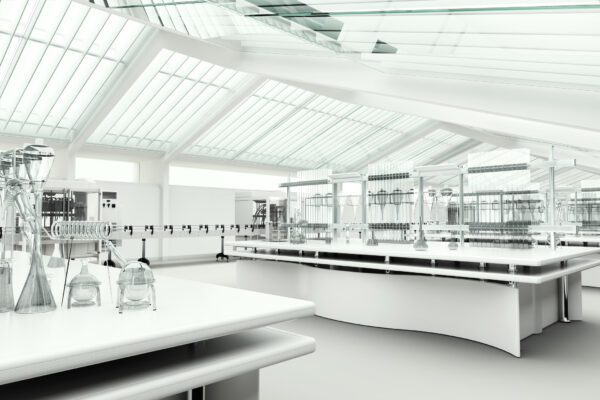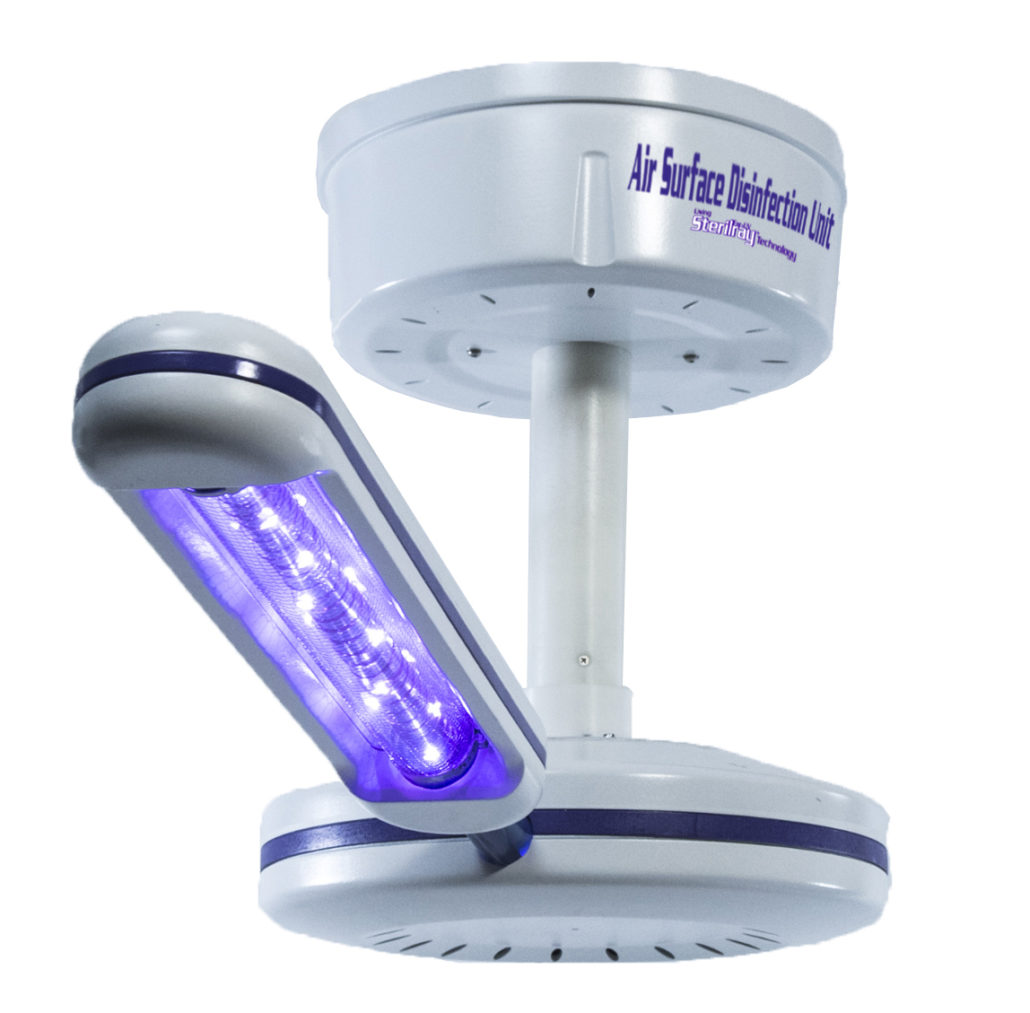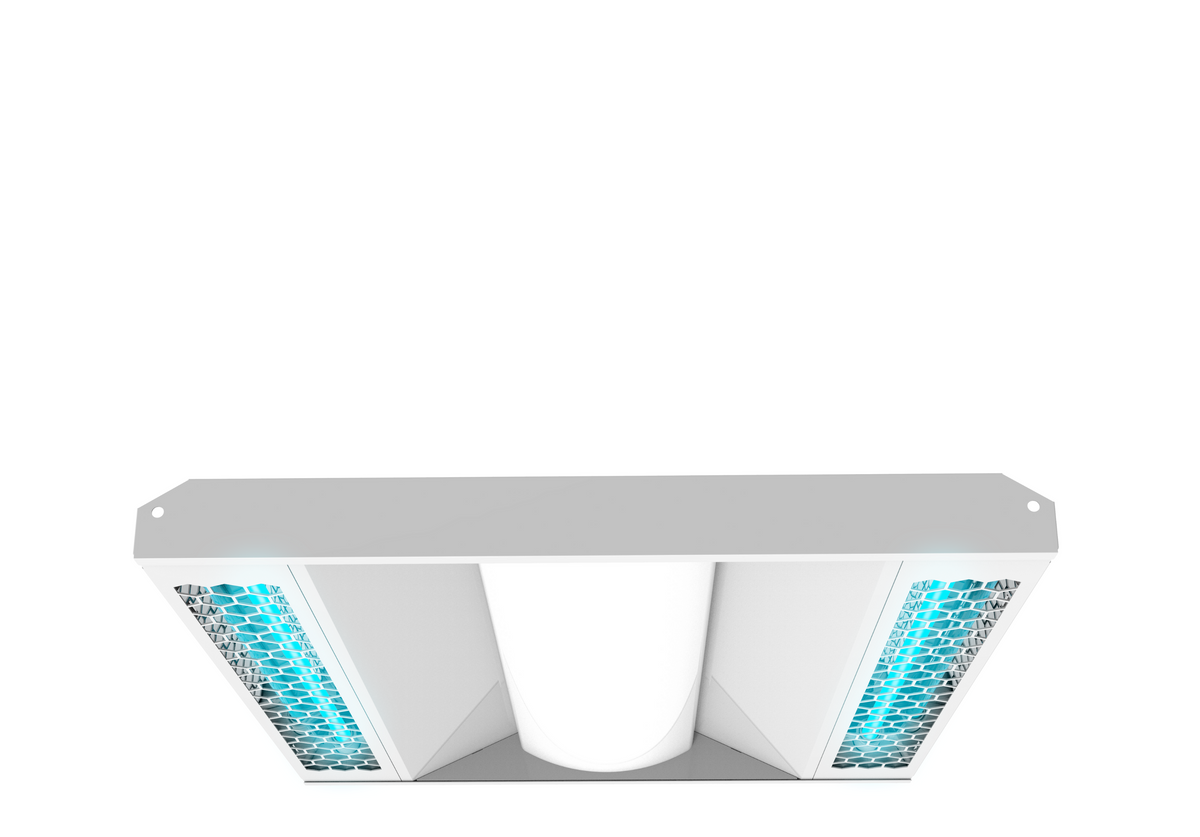UV Surface Disinfection Techniques: Optimizing Efficiency for Germ-Free Spaces
UV Surface Disinfection Techniques: Optimizing Efficiency for Germ-Free Spaces
Blog Article
Using the Prospective of UV Disinfection: Safeguarding Wellness and Health
UV disinfection, a modern technology extensively utilized in different sectors, has shown reliable in removing hazardous pathogens. From recognizing the devices at play to applying this technology in our everyday lives, this conversation intends to shed light on the capacity of UV sanitation and its duty in guarding our health and health.
Recognizing UV Disinfection
UV sanitation is an extremely reliable and widely made use of technique for ensuring and getting rid of unsafe virus wellness and hygiene. This method utilizes ultraviolet (UV) light to inactivate microorganisms by harming their DNA and stopping them from reproducing. UV disinfection is particularly reliable against bacteria, viruses, and various other microorganisms that can create infections and illness.
The principle behind UV sanitation is easy yet powerful. UV disinfection can be applied in numerous setups, including water treatment plants, medical care facilities, food processing sectors, and air purification systems.
Among the advantages of UV disinfection is its capacity to successfully and successfully remove a variety of virus without the demand for ingredients or chemicals. Unlike other disinfection methods, such as chlorine or ozone, UV sanitation does not introduce unsafe byproducts or chemical residues into the environment. In addition, UV disinfection is a non-contact process, which suggests that it does not need physical call with the microorganisms, reducing the threat of cross-contamination.

The Science Behind UV Disinfection
The efficiency of UV disinfection hinges on its capacity to interfere with the hereditary material of bacteria, providing them not able to duplicate and thus eliminating their harmful potential. UV, or ultraviolet, radiation is a kind of electromagnetic radiation with wavelengths shorter than visible light. It is classified right into three types: UV-C, uv-b, and uv-. UV-C radiation, particularly, has the quickest wavelength and the highest power. Because it can pass through the cell walls of microorganisms and damage their DNA or RNA., this high-energy UV-C radiation is most efficient in sanitation applications.
When microbes are revealed to UV-C radiation, the energy is soaked up by their hereditary product, creating bonds to damage and developing chemical responses that disrupt their capacity to replicate. This prevents the bacteria from spreading and reproducing infection. UV disinfection is specifically effective versus germs, infections, and fungis, consisting of typical microorganisms such as Escherichia coli, Salmonella, and Flu.
The scientific research behind UV sanitation is sustained by comprehensive research study and research studies. It has been shown that direct exposure to an enough dosage of UV-C radiation can attain a high level of disinfection, often surpassing 99.9% efficacy in killing microbes. It is important to note that the effectiveness of UV sanitation depends on various elements, including the strength of UV-C radiation, direct exposure time, distance from the UV source, and the sensitivity of the microbe to UV radiation (uv surface disinfection).
Applications of UV Disinfection
Provided the comprehensive research and efficacy of UV disinfection in interfering with the hereditary product of microbes, it is essential to discover the various sensible applications of this modern technology. UV sanitation has proven to be a useful tool in a wide array of sectors where preserving a safe and tidy environment is necessary.
One major application of UV disinfection is in medical care settings. UV light can be used to decontaminate surfaces, devices, and even the air in health centers and clinical facilities. This aids to lower the threat of healthcare-associated infections and ensures a safer environment for patients and medical care workers.
Another vital application remains in the food and drink sector. UV sanitation is used to treat water and eliminate dangerous virus, such as E. coli and Salmonella, from the manufacturing process. uv surface disinfection. This ensures the safety and security and high quality of the items we eat
UV disinfection is additionally commonly made use of in water therapy plants and wastewater therapy centers. It is an efficient approach for damaging damaging germs, infections, and bloodsuckers that can be present in water resources. This assists to supply tidy and secure alcohol consumption water to communities and protect the atmosphere from pollution.
In addition, UV disinfection is utilized in the pharmaceutical market to decontaminate devices and keep the stability of products. It is additionally utilized in laboratories and research centers to stop contamination and ensure accurate outcomes.
Benefits of UV Sanitation Modern Technology
One noteworthy benefit of utilizing UV sanitation modern technology is its capability to effectively eradicate bacteria without the usage of rough chemicals. This is especially useful in numerous setups, such as health care centers, water treatment plants, and food handling sectors, where the existence of dangerous virus postures a substantial risk to public wellness and safety and security.
Unlike typical disinfection methods that depend on chemicals like chlorine or ozone, UV sanitation technology utilizes ultraviolet light to target and destroy the DNA of microbes, efficiently neutralizing their capability to replicate and trigger infections. This procedure not only removes the need for potentially hazardous chemicals however likewise decreases the threat of chemical residue or results remaining in the treated setting.

Furthermore, UV disinfection modern technology is eco-friendly. As it does not count on making use of chemicals, it eliminates the requirement for their manufacturing, transport, and disposal, lowering the general carbon footprint connected with disinfection processes. In addition, UV disinfection systems have a longer life expectancy contrasted to chemical-based techniques, causing much less frequent replacement and go to this site additional decreasing waste.
Implementing UV Sanitation in Day-to-day Live
To properly implement UV disinfection in everyday life, people and organizations can incorporate mobile UV disinfecting gadgets right into their health routines and cleaning practices. These devices are made to produce ultraviolet light, which has actually been verified to kill or suspend a wide range of microbes, consisting of fungi, bacteria, and viruses. By making use of portable UV sterilizing devices, individuals can sanitize commonly touched surface areas and things, such as mobile phone, keys, laptops, and doorknobs, decreasing the risk of spreading out bacteria and infections.
In addition to incorporating portable UV disinfecting devices, it is essential to adhere to correct standards and referrals for effective UV sanitation. This includes making sure that the tool is made use of appropriately and for the suggested duration to accomplish optimum disinfection outcomes. It is likewise essential to focus on precaution, such as using safety eyewear and preventing direct exposure website here of the UV light to the skin.

In addition, organizations can apply UV disinfection technology in numerous setups to enhance hygiene techniques. Medical facilities and health care facilities can use UV disinfection robots to sanitize person rooms, running cinemas, and various other high-touch locations. Food processing markets can incorporate UV disinfection systems right into their manufacturing lines to enhance food safety and security and stop contamination.
Final Thought
In conclusion, UV disinfection innovation holds wonderful prospective in securing health and wellness and hygiene. With its many benefits, UV sanitation is a valuable tool for maintaining a tidy and healthy and balanced atmosphere.
Unlike various other disinfection methods, such as chlorine or ozone, UV sanitation does not present damaging byproducts or chemical residues into the atmosphere. It is important to note that the efficiency of UV disinfection depends on different elements, consisting of the strength of UV-C radiation, direct exposure time, range from the UV resource, and the sensitivity of the bacterium to UV radiation.
One more advantage of UV sanitation technology is its capability to supply rapid and continuous disinfection. Unlike handbook cleaning techniques, which can be lengthy and require considerable labor, UV disinfection systems can be automated and run constantly, making sure constant sanitation without human intervention.To effectively apply UV disinfection in day-to-day life, companies and people can include portable UV disinfecting gadgets into their health routines and cleaning techniques.
Report this page